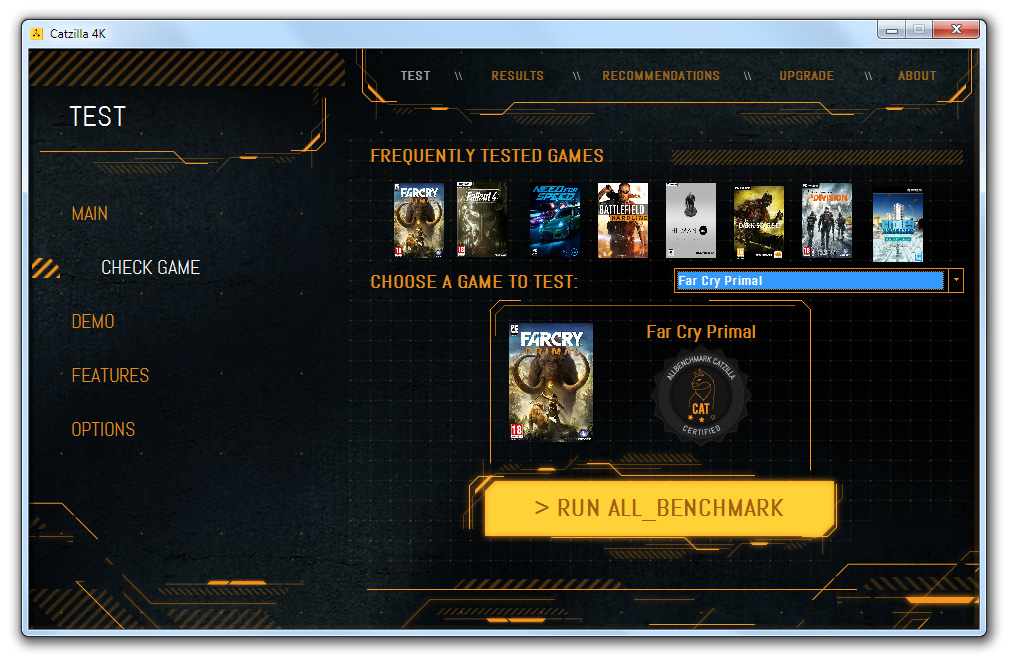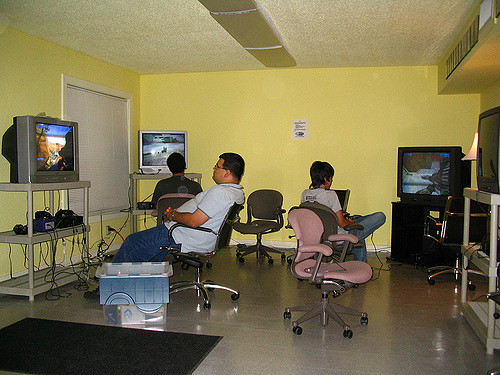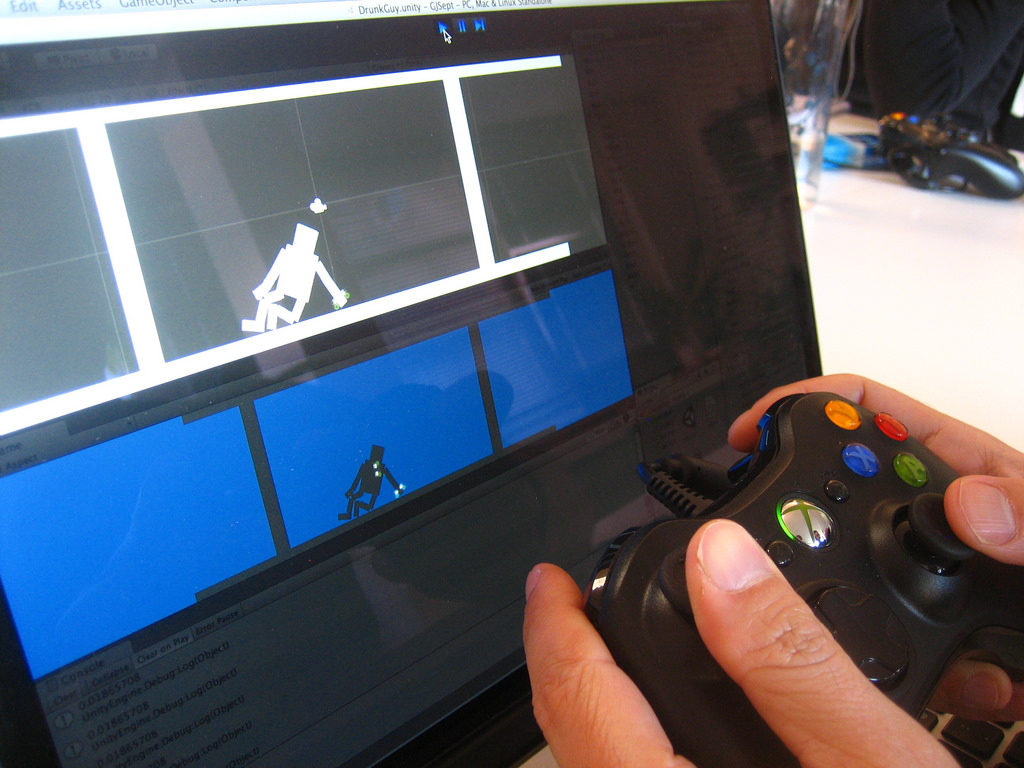So you have decided to become a game tester, an exciting job indeed, and probably in-demand in the coming years. The gaming industry is one of the fastest growing industries in the world. Gaming companies earn and spend billions of dollars for the developments, testing and release of their games. Every game goes through a series of tests that ensures that the game operates smoothly on every level.
In a game design team, there are specific game testers called QA (Quality Assurance) engineers who find bugs, and record and report them to the game developers. Game developers then access and fix these bugs.
You can also check out our detailed ebook on what makes a game development, and the role of each member including the QA tester.

However, for indie developers, beginners, or small gaming companies, spending a lot of budget on game testing is often not a possibility. But don’t worry, as an indie game developer with a low budget, you can also test the game on your own using some smart techniques.
Keep in mind, your game testing abilities will ensure smooth performance, that means bug-free games. You can enhance your game testing skills by employing the best game techniques out there as mentioned here.
Combinatorial Testing
Initially, the first step is to figure out how much testing your game requires. For this purpose, you can use combinatorial testing which is a common method to determine whether the game satisfies the specific requirements or operates bug-free.
Additionally, It also analyzes all the inputs and outputs of the game so you can have a clearer picture regarding different conceivable combinations and results. By using this method, you can easily test the game quickly in its earliest stages.
Cleanroom Testing
If you want to improve the performance of your gaming software, then Cleanroom Testing should be your ultimate pick. Often times, you end up with unnecessary trouble even after testing your game for several hours.
This is where this amazing technique will help you out. By using cleanroom testing, you can identify the main cause behind the bugs and small errors. The strategy here is to produce tests that play the game just like the players. Through this approach, you will certainly figure out the technical issues faced by the users.

Test Trees
Test tree is a usability technique for systemizing specifications of the inputs, execution conditions, testing procedures, and expected results. It facilitates in the selection of a proper set of tests for a given set of code change.
Using this method, you can improve the general understanding of complex game features and takes care of potentially unsystematic function, especially when these functions interact with other game rules, functions and elements.
Play Testing
Play testing is exactly what its name indicates. You just have to play your game to simply test how well it works. You can use this test to check the non-functional elements of the game like difficulty and balance and can also find out how much entertaining your game is.
In fact, play testing is usually performed to get the right feedback that will aid you in making your game more challenging for the gamers. This is probably the easiest way to test your game if you are an indie developer. With this technique, you can just ask your friends or family to play the game and record their experience.
To be honest, it is the most affordable and quickest way to test your game. All you need it to ask your friends.

Compatibility Testing
Compatibility testing shows if your game meets the necessary requirements of hardware, graphics, and software. Basically, this approach will determine the compatibility of your game on various gaming platforms.
You will see if your game is working properly on a specific gaming platform or not. You can also know if the gamer’s interface is optimized for diverse screen ratios or not.
Ad Hoc Testing
Ad hoc testing is a less structured test. It will allow you to analyze the games based on your instinct. Precisely, there are two kinds of ad hoc testing. The First one is free or random testing, as you can execute this without any planning or documentation. On the other hand, direct testing that includes structure and flow.
Stress Testing
Stress testing is when you test your game’s system under real-time stress such as playing it for many hours continuously, loading the game with no memory card or getting numerous players to play it at the same time. In this way, you are putting stress on your game to check whether it can withstand it or not.
Recovery Testing
You can perform a recovery test to see if your game recovers from a mishap like crashes, hardware failures, and other similar problems. First, you will have to force your game to fail, and then you can access how it recovers from these failures.
Test Flow Diagrams
You can employ Test Flow Diagrams (TDF) to create models representing game behavior from a user’s perspective. Testing takes place by exploring the model, along all possible paths to explore the unexpected game states. As TDF is graphical in nature, it will be easy for you to review, analyze and provide feedback on test designs.

Regression Testing
Regression testing is done to check whether the unchanged parts of the game work smoothly after you have made changes to other parts. This way you can test if your new changes have introduced new errors into previously fine parts of the game. It is highly beneficial in events when continuous changes are introduced like the time when you are testing your game.
Localization Testing
You can conduct localization testing to make technical corrections and review the translation work of game scripts. Sometimes translators cannot provide a completely correct interpretation.
If you are thinking of releasing your game in an area whose native language is foreign to you then maybe you can hire a native speaker of the area to ensure the accuracy and quality of the game localization.
Security Testing
Security testing checks how secure your game is from external threats and in the case of external threats how well it can perform. You can perform penetration testing, i.e., penetrating your game’s security wall, perform architectural risk analysis, creating security abuse cases, and wielding static analysis tools.
Conclusion
There are many different tests for ensuring the smooth working of your game. You can not use just one game testing technique as each technique has its own purpose. By employing the above variety of techniques, you can ensure that your game works the way it is meant to.







